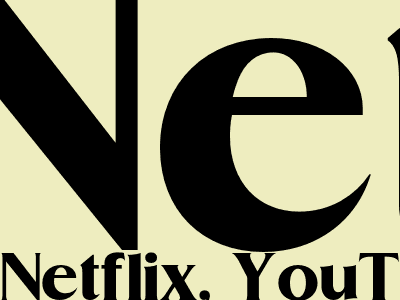
Netflix, YouTube, and Television: A Timeline of Content Dominance
From Broadcast to Broadband
The advent of Television in the mid-20th century revolutionized home entertainment, providing a shared experience for families and communities. However, Television's dominance faced challenges with the rise of the internet and streaming services.
Streaming's Ascent
In the early 2000s, YouTube emerged as a platform for user-generated video content. Its vast library and ease of access quickly attracted a global audience, challenging traditional Television models.
Netflix followed suit in the late 2000s, initially as a DVD rental service. Its subsequent pivot to streaming made it a formidable competitor to Television, offering a personalized viewing experience with a vast selection of on-demand content.
The Convergence Era
In recent years, the lines between Television, YouTube, and streaming services have blurred. Television networks have launched streaming services to complement their traditional broadcast offerings, while streaming platforms have expanded their content libraries to include live Television.
Current Landscape
Today, the entertainment landscape is characterized by a dynamic interplay between these three platforms. Television remains a significant player, particularly for live events and news coverage.
YouTube and streaming services continue to dominate on-demand content, offering a vast and diverse range of options for viewers. The competition among these platforms has resulted in a constant push for innovation and audience engagement.
Conclusion
Netflix, YouTube, and Television have shaped the entertainment industry in profound ways. From the era of broadcast dominance to the rise of streaming giants, these platforms have evolved to meet the changing needs of audiences.
As technology continues to advance, it will be fascinating to see how these platforms continue to adapt and shape the future of home entertainment.